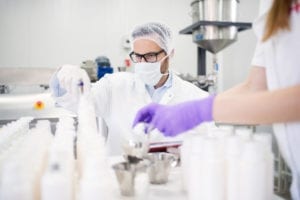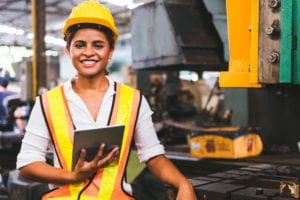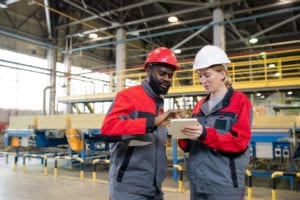From Crisis Into Recovery: How Connected Work Improves Safety Management in Industrial Environments
What's inside:
Industrial Accidents and Humans are Closely Linked
Industrial environments have become more complex due to the increased use of robotics, sensors and automation. But the COVID-19 pandemic has revealed that without human workers on the production floor, disruptions and shutdowns are inevitable. Companies must invest in people-centered technology that empowers workers with tools to improve safety.
Digitizing Procedures: An Essential First Step
The COVID-19 crisis has left companies challenged with quickly rolling out new safety procedures across shifts and sites, validating that workers are following them correctly, and making further changes as situations quickly and unexpectedly evolve. This requires digital standard operating procedures – but that alone isn’t enough.
Addressing the Major Barriers to Safety Improvement
Connected work helps reduce the likelihood of accidents by making safety-related activities more consistent, collaborative and transparent across the enterprise. And the data captured at every moment enables industrial companies to proactively prevent, respond to and resolve incidents.
Leveraging Data to Improve Incident Investigation and Reporting
In even the best of environments, accidents occur. And when they do, safety and compliance teams can leverage connected worker technology to quickly provide the proper care to those affected, assess what went wrong, and take immediate steps to ensure it doesn’t happen again – without a significant cost investment.
Connected Work: Key to Continuous Safety Improvement
With connected work, safety checks are transformed from static, paper-based and often outdated protocols to digital, interactive and collaborative processes. Safety training then becomes a continuous on-the-job exercise, not a disconnected classroom course taken every six months.





